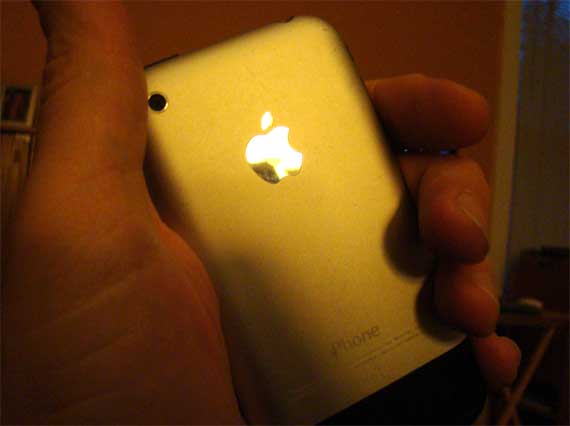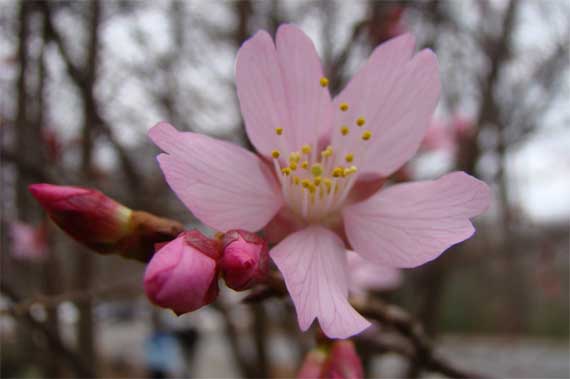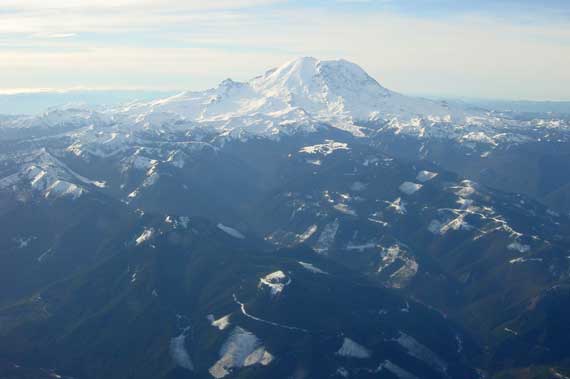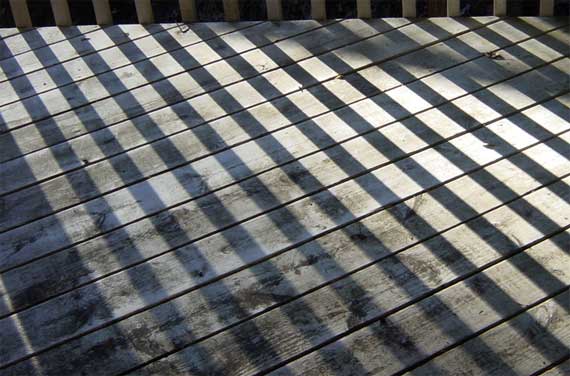Musings

Seriously. Don’t use your cell while driving. Not even if you have a hands-free one. Just don’t do it. Instead, use the voice-mail function, and wait until later.
Apologies for preaching, but “simulators, real-world road studies and accident statistics all tell the same story: drivers talking on a cellphone are four times as likely to have an accident as drivers who are not.”*
* Tara Parker-Pope, in the NYTimes….
Posted at 7:55 AM |
3 Comments »

It’s not quite exciting yet, but the new Starbucks in our neighborhood is about a week from opening (as of yesterday). JCB has more details and reflections, including the date when our former closest Starbucks closed (last February). I just have a picture of the interior. Heck, I don’t even drink coffee these days!
And what does this say about the economy? Ya got me….
Posted at 6:19 PM |
4 Comments »

I’ve seen three cherry trees with branches in bloom this week. Seriously. But they better watch out; it’s supposed to be pretty cold this week.
For some warmth, check out the hot (mostly meaning electric—your tax dollars at work, I guess) cars at the Detroit Auto Show. I recommend Nancy’s blog for well-rounded reporting including videos, and the NYTimes for totally conventional (haha) coverage.
Posted at 4:05 PM |
1 Comment »

Odd things I remember from Decembers of my childhood: clementines and the sturdy wooden crates they came in; brazil nuts and other nuts and those awkward U-shaped nutcrackers and nut picks both with engraved patterns on the handles; refrigerator cookies made from my grandmother’s recipe that we called St. Nicholas cookies; making fruitcakes and wrapping them in brandy-soaked cloths then plastic and storing them in the basement then mopping the kitchen floor because the whole process was so messy….
But now it’s January, and I’m far from my childhood….
Posted at 6:49 PM |
Comments Off on Food memories

On this day in 2003, we flew into Seattle in fantastic weather, and had this terrific view of snow-capped Mt. Rainier. Facts:
It’s a stratovolcano (composed of multiple layers of lava and other volcanic exudations) measuring over 14,400 feet—that’s “nearly three miles higher than the lowlands to the west“.
Its Euroamerican name honors a British naval officer who lead aggressive action against American colonials, and brought swathes of the East Indies under British control.
Its best-known Aboriginal name is Tacoma (alternately: Talol, Tahoma), and that name also was used through the nineteenth century.
Also, eons ago, I had similar weather-luck when flying by Denali. But no camera….
Posted at 7:37 PM |
Comments Off on Mount Tacoma

Don’t mind the mildew….
One keyword we have in iPhoto is pattern/textures, and I’m not yet sure what to do with most of those images. This is a fine sample….
I find this oblique light quite cheerful. This was the porch of a place we rented one southern-Winter weekend years ago in the mountains in NC. We had a cooler with champagne and cheese and crackers and had a heck of a time! And the hiking was pretty fine, too!
Perhaps I found this image appealing this afternoon because I noticed for that the light is really lasting longer. Hurrah!
Posted at 6:18 PM |
1 Comment »

Don’t get too focused on this, but notice how many times these two words are misused in the coming days: lectern and podium.
Remember: podium has a root in pod-, meaning foot (podiatrist!); thus, you stand on a podium. That thing that you stand behind that holds your notes: that’s a lectern (its root is in a word meaning to read).
As to the picture: this detail is above the door to the stairs to the second-floor units in a four-apartment building. I think the structure was built as apartments, and is not a converted single-family home. Still, this is a lovely detail that cost extra initially, and extra money continues to be spent to keep it bi-color.
Posted at 5:06 PM |
2 Comments »

Finally, around 3:30 this afternoon, the overcast began to lift and blue skies appear.
Was this to celebrate the third load of laundry of the day? (Geeze, I hope not!) I did them in and around thinking about Mesoamerican archaeoastronomy….
Posted at 4:18 PM |
Comments Off on Clearing skies

Yeah, it’s still damp and overcast out….
The prime mover approach to explaining events in history—and prehistory—is seductive, however simplistic it seems once real data are marshaled. Certainly, the introduction of a new technology can mark a dramatic change in a society, but there is more to that change than just the new technology (or agricultural crop, etc.)—after all, it does not substitute for an existing technology or behavior, so not only is something of the old supplanted, but other aspects of technologies and behaviors will be altered.*
Among a series of desultory activities, today I dipped into Shadow of the Silk Road by Colin Thubron (2006), which we picked up on from a lovely little bookstore we stumbled over in Ocracoke, Books to Be Red. Thubron traveled the Silk Road westbound the year the SARS worries clouded China. He began at Xi’an, an old capital of China far west of Beijing, in the modern nation’s interior. On page 15, Thubron describes visiting the archaeological site just outside modern Xi’an (population in excess of 8 million people), famous for the platoons of buried terracotta warriors, entombed along with chariots and horses (and more!), as part of the funerary architecture honoring the first emperor of unified China, Qin Shi Huang.
Reassembled from the grave-pits, a terracotta messenger stood ready with his horse behind him. His harness and saddle were in place, but there was not yet a stirrup. The heavy stirrup was a Chinese brain-child as early as the fourth century AD, it seems, and as it travelled westward, stabilising its rider in battle, it made possible the heavily aromoured and expensively mounted knight. To this simple invention some have attributed the onset of the whole feudal age in Europe; and seven centuries later the same era came to an end as its castles were pounded into submission by the Chinese invention of gunpowder. The birth and death of Europe’s Middle Ages, you might fancy, came along the Silk Road from the east.
The Silk Road brought goods and ideas eastward, changing China. They learned polo from Persians and adopted their decorative motifs, which included peacocks and winged horses (similar to dragons, the Chinese probably thought). Although the name is fairly modern, silk was shipped westward on the Silk Road, and for a long time. For example, Thubron reports Chinese silk has been found in tombs in northern Afghanistan that date to 1500 BC.
Oh, I could go on!
Let me just say: however naive the prime mover explanation may be, I have rarely encountered such a proficient use of the concept—and here Thubron deftly tosses us a pair of prime movers!
* Often changes extend to labor patterns, which necessitate myriad adjustments, some quite extensive…. Oh, don’t get me started!
Posted at 5:59 PM |
1 Comment »

Today has been so overcast that the outdoors seems like it just quit raining, although it hasn’t really rained since the dark hours. Droplets still cling to vegetation, signs, vehicles—no significant evaporation under these conditions!
In the meantime, I’m trying to track down a good bread machine recipe that uses lots of flax (aka linseed) meal, which is high in omega-3s and fiber, yet tastes good. Historically, flax was a darned important plant in the Old World, for both food and fiber (linen* is flax-thread cloth).
* A bit of etymology: lingerie is from the French linge, referring to washable linen clothing, thus undergarments.
Posted at 3:11 PM |
Comments Off on Drippy, overcast









